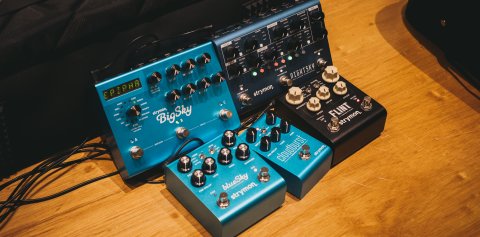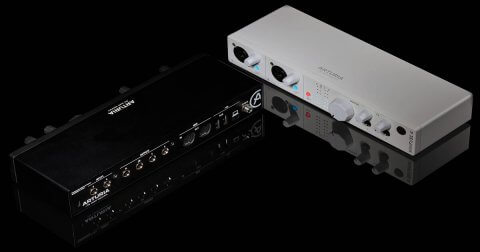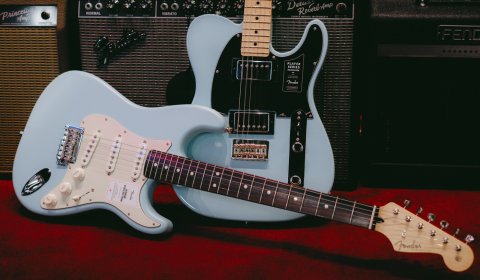Ever wonder what the debate around passive vs active passive pickups are about? It’s a topic that most of us often hear about; but do we really know what separates the two pickup types? In this edition of Guitarology 101, we’ll be taking you on a magic carpet ride over the realms of both powered and unpowered pickups in order to uncover the fact and fiction of it all.
Basics of Guitar Pickups
We’ve covered the basics of pickups and their constituent types – the single-coil and the humbucker – back in the “Single Coils Vs Humbuckers” article. So do head back there if you need a refresher course!
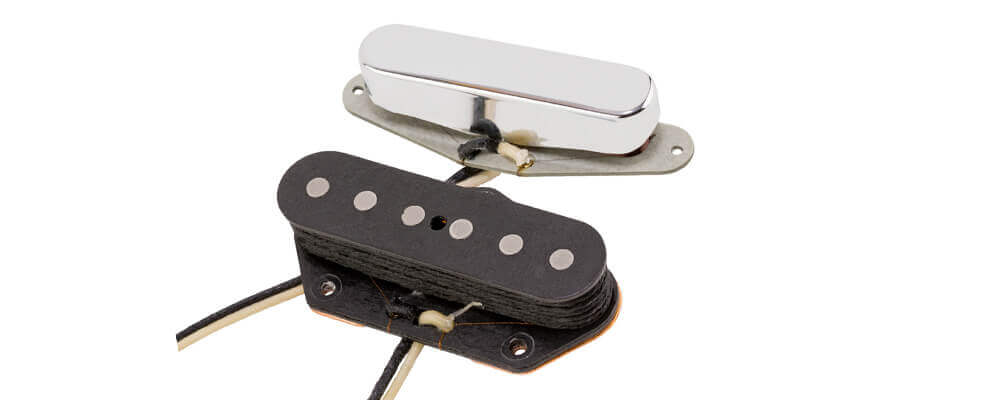
As a basic recap, a guitar pickup “picks up” the vibration of your strings and translates them into electronic signals that can be amplified. Single coils have a single row of cylindrical pole pieces (magnets) wound with a metal wire (typically copper) and are usually characterised by a bright, chimey tone.
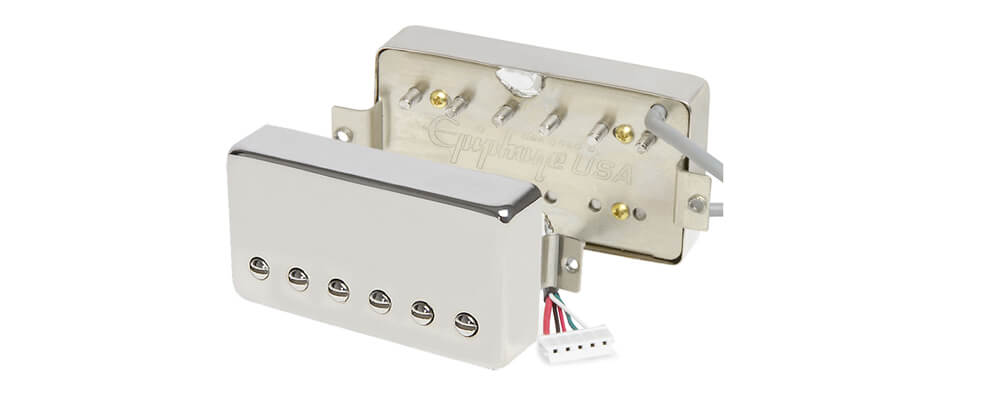
A humbucker, on the other hand, uses two single coils placed in opposite phases to cancel out 60 cycle hum – a byproduct of electromagnetic frequency interference (EMI) and radio frequency interference (RMI) that generally causes an audible hum to manifest in vintage-styled single coil pickups. Humbuckers tend to have a darker & punchier character, while staying quieter in the presence of distortion.
With that out of the way, let’s get into the points for passive vs active pickups!
What are Passive Pickups?
Remember vintage examples of Les Pauls, Strats and Teles? Those iconic guitars all feature passive pickups! Your favourite guitar tones from yesteryear and even today likely came from passive pickups, from the bell-like tones of Jimmy Page’s Les Paul to the roaring leads of Jimi Hendrix’s Fender Stratocaster.
Harking back to our explanation of how pickups work, passive pickups have magnets and metal coils comprising that creates a magnetic field. This field gets “disturbed” by vibrations of the guitar strings and consequently, produce an electric current that represents your played notes – but you already knew that!
So why are they called passive pickups? Because these pickups don’t require a battery (or an external power source) to function. Simply plug in your cables, switch on your amp, and you’re able to play away. If you’re the type of player who wants ultimate rig simplicity and would rather avoid the possibility of a battery dying during a gig, passive pickups are your best bet!
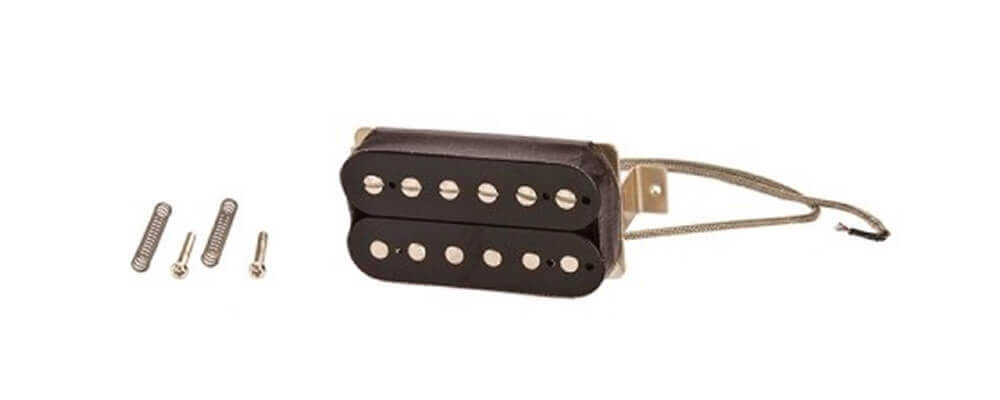
Passive pickups are frequently described as having an organic character – with adjectives like articulate, open sounding, reactive, and dynamic being thrown around by proponents of the pickup. Undeniably, the expressive and lively nature of passive pickups have made them very popular among guitar purists, though there have been an influx of boutique pickup builders who have produced acclaimed passive pickups for more heavier genres of modern guitar music.
With how long passive pickups have been around, countless tonal options have been developed to suit the needs of different players. Ultimately, it is important to understand that passive pickups never boost a certain band of frequencies, they only reduce a certain band of frequencies. This reduction process (also known as attenuation) depends on a multitude of factors such as the type of wire, the number of winds, the type/strength of magnet used, etc. All these variables and more have a profound effect on the tonal profile of the pickup.
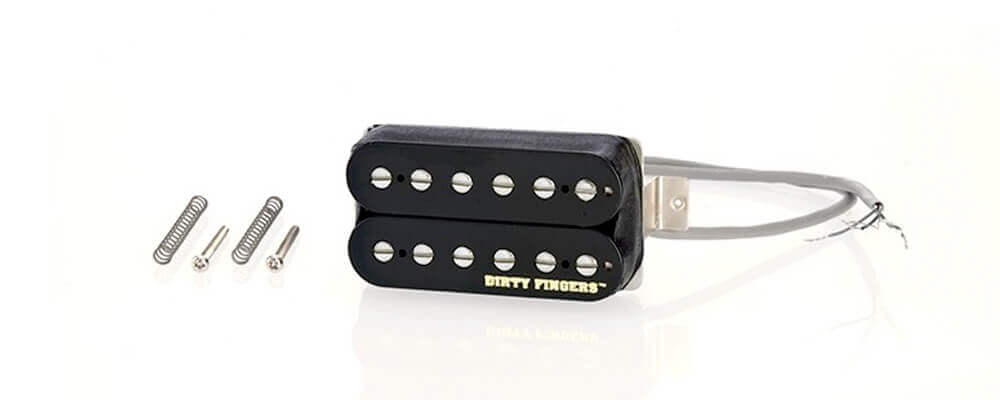
No batteries, no maintenance, and they sound great; why would you ever not want to have a passive pickup installed in your guitar? While they may be the standard-bearers of the guitar industry, passive pickups do have some inherent issues. Although it depends on their quality and design, passive pickups tend to emit unwanted noise due to their stronger (relative to active pickups) magnetic field. This is because passive pickups tend to have a larger number of coil wounds that can pick up electric interference as mentioned earlier. Even though humbuckers were built for the sole purpose of cancelling out these unwanted sound artefacts, they can still be prone to hum and hiss if you’re playing with high gain/volume or are surrounded by electronic devices. This is where the passive vs active pickups debate gets interesting.
What are Active Pickups?
Though active pickups have not been as widespread as their passive counterparts, they’ve definitely left their mark since their introduction back in the eighties. Want an example of active pickups in action? How bout all the critically-acclaimed metal albums from the likes of Metallica, Slayer, Slipknot, etc.
Construction-wise, active pickups follow the same fundamental design of passive pickups: magnets wrapped with a metal wire. However, the approach to how they construct active pickup is where things start to differ.
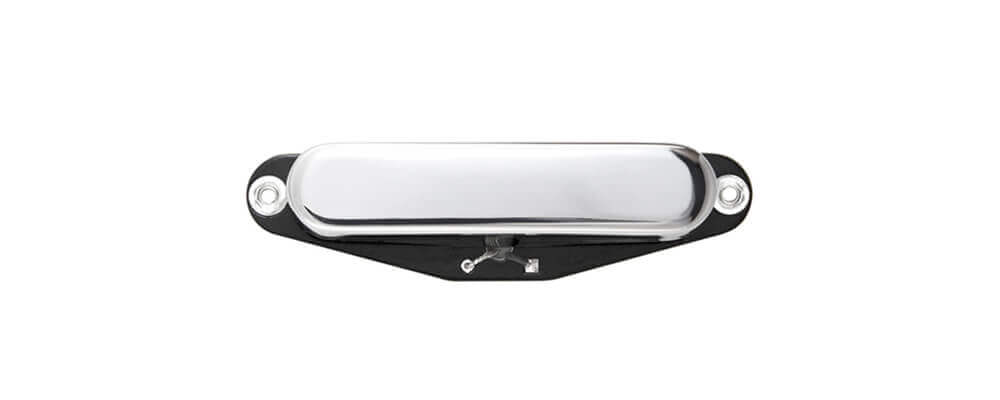
In comparison to passive pickups, active pickups have far fewer coil winds. As we’ve covered above, this results in a much weaker magnetic field and consequently, a much weaker natural signal output. Therefore, in order to boost this weak signal to usable levels, active pickups have to use a built-in preamp.
Through the preamp boost and various sound filters, active pickups relay a low-impedance signal that is “hotter” than some of the most high-output passive pickups. However, since the initial magnetic field is weaker, active pickups do not inadvertently catch electronic frequency interference and therefore, are much quieter than their passive parallels. This weaker magnetic field also has the added benefit of permitting your guitar strings to vibrate much more freely, which results in better sustain and intonation.
A low impedance signal also does a few more nifty things. Recall the times you’ve rolled the volume down on your guitar and the tone goes wonky? This is known as the ‘volume roll’ issue – a problem that affects all guitars equipped with passive pickups – causing a loss in tone when the volume is turned down. This issue, however, simply does not happen to guitars with active pickups. Low impedance signals also help remedy the loss of treble experienced when using a really long cable – eliminating the need for a buffer.
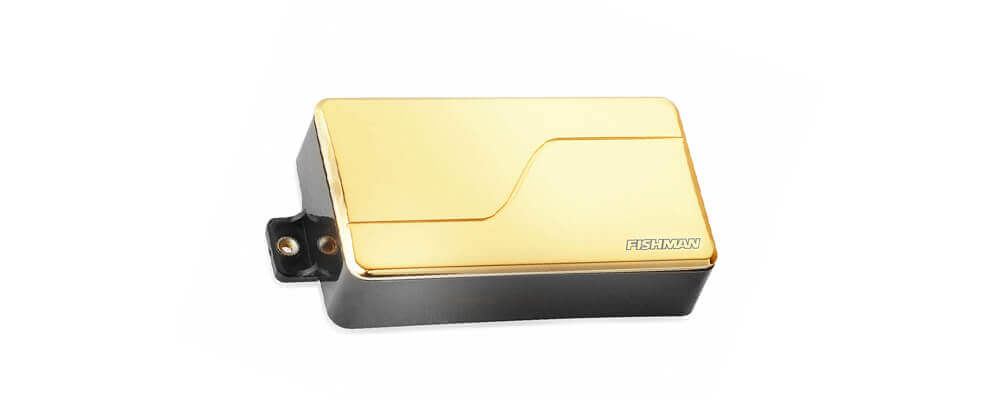
Active pickups have also seen much more recent tech innovations. A great example would be Fishman‘s critically acclaimed Fluence pickups. Instead of using traditional methods which leave room for inconsistencies, the Fishman Fluence pickups are made using modern circuit board printing processes and feature a layered pickup core with multiple coils. While you’re pretty much guaranteed to get the same pickup across different batches with this pioneering manufacturing method, the main benefits that come with the Fluence pickups include higher fidelity sound, extreme quietness and the ability to access more than one pickup voicing.
Sounds good so far right? Now here comes the spicy bits. One of the most polarising arguments that are being fought in guitar forums world-wide relate to the tones of most active pickups. “Too sterile sounding”, “They’re only good for metal distortion!”, and “Active pickups can’t do cleans” are some of the general stereotypes that people throw around when weighing in on the topic. Well, we’re here to tell you that this is not true whatsoever!
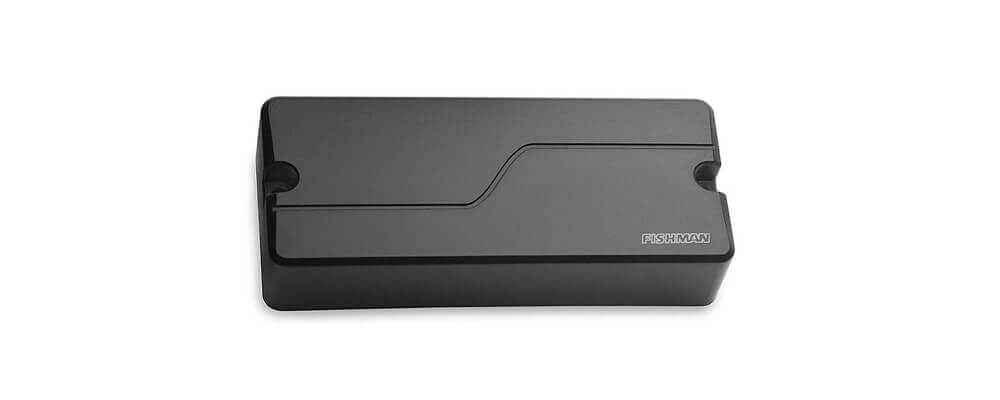
Yes, active pickups do have a sound profile which makes them really appealing to heavier music but take a look at the plethora of players that use ‘em. Rock, blues, country, and even jazz guitarists such as Dave Gilmour, Greg Koch, Vince Gill, Larry Carlton, and Nate Lopez regularly use active pickups and nobody has ever accused them of having soulless tones. In fact, we’ve personally tested cleans and overdriven tones with active pickups and we’ve gotten results that we’re more than happy with.
One thing that you’ll need to keep in mind is that the rig that you’re using with your passive pickups might sound different when played through with active pickups. It is a fallacy to expect active pickups to sound good with the settings used with their non-powered equivalents – so the next time you do an A/B test do remember to tweak your rig’s controls to taste.
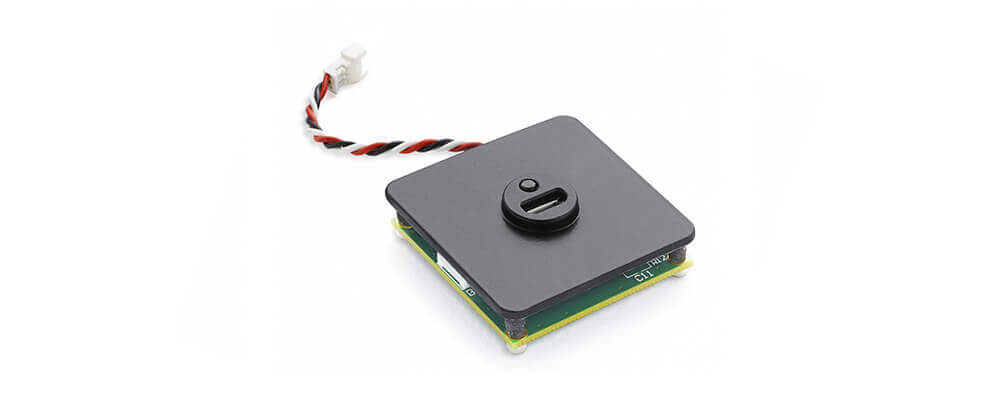
The most obvious downside of active pickups is the fact that they have to be powered. While their battery life is rather long (with a few hundred hours of playing time), having to change batteries on a semi-regular basis might be a hassle for some of us who prefer having one less component to worry about. Thankfully, changing the 9V battery these days has become tremendously easier, with screw-less battery compartments being the norm. Trust us when we say a battery swap can literally be done in seconds!
Innovators like Fishman also produce rechargeable batteries so you don’t have to go hunting for 9V dry cells. These battery units feature micro-USB connectors for easy recharging, made specifically for their highly-acclaimed Fluence range of pickups.
Additionally, If your guitar is currently fitted for passive pickups, you might have to do some permanent modifications to the body of your guitar in order to fit in a battery compartment. Also, due to the impedance of active pickups, all of the other circuit components in your guitar will need to be swapped out in order for them to be compatible. A conversion process might be an expensive endeavour, so it might be wise to consider buying a guitar that already comes stock with active pickups for ease of mind and wallet.
Well that’s pretty much all there is to it! Once again, there isn’t one pickup type to rule them all. It all really depends on what type of player you are and what type sound you prefer. If you’d ask us, we’d definitely advise you to try as many pickups as you can and make your mind up on what you like best. After all, it wouldn’t be rock and roll if everyone picked the same thing. So with passive vs active pickups – its a battle you’ve got to fight in your head!
If you’d like to shop our full range of electric guitar pickups head over to our online store. If you’re looking to have your pickups changed on your guitar, you can always drop us a message and we’d be happy to help you out!
Read more: Kramer Guitars are Back!

